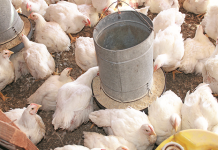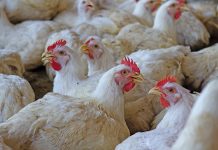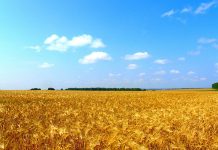I could hardly believe my eyes when I opened The Star a few days ago and saw the dreadful images of skeletal cattle in north-eastern Limpopo. Apparently, the area is suffering its worst drought since 1983. Farmers in numerous villages are simply watching their livestock die – and burying carcasses day after day.
According to the media reports, more than 2 000 cattle have already died in parts of the Vhembe and Mopani districts along the edge of the Kruger National Park since October. One farmer near Giyani, Gilbert Ngwaila, has lost 11 out of his 50-odd head of cattle. But he claims that others in his village have fared much worse – their entire herds have been wiped out. Another farmer in the area, Sakkie Chauke, has lost 25 out of 41 cattle while a third, Stanford Marhanela, has seen 40 out of 85 perish.
Desperate measures
Some livestock owners are buying cabbages to feed starving cattle, while others are collecting tree leaves to feed their animals. The Star’s reporter said he had seen desperate cattle owners harvesting grass along the Pafuri Road leading to the Kruger National Park and a group of men at Madifha, east of Thohoyandou, climbing trees to cut off leaves to feed their cattle. Ngwaila said that if it did not rain or there was no government intervention in a month or two, there would be no cattle left in his village.
There’s no doubt that this nightmare has been caused primarily by the devastating drought. But is it solely to blame? I don’t believe so. In fact, I agree completely with Dr Theo de Jager of Agri SA, who believes that humans, through lack of planning and poor management, have contributed more to this unfortunate event than Mother Nature. Many commentators have cited the government’s lack of planning and its tendency to be reactive.
I believe that the government could have prevented the death of these cattle if those in charge of relief efforts had planned ahead properly. Instead, they started their analyses and assessments as people were losing cattle. Let me tell you what is going to happen. In time, representatives of government relief organisations will go around taking the names of people who lost cattle. If these farmers are lucky, the government will compensate them, but only years from now.
Farmers also need to shoulder some of the blame. How can they let their animals reach this pitiful stage? While some farmers perhaps had little choice in the matter, others could have sold the animals off. What’s the point of holding on to dying cattle? Farmers in communal areas typically hold on to their animals too long. Even when severe drought strikes, they insist on keeping their cattle, hoping that it will rain soon. Why risk it? Rather get a lower price than lose completely.
Finally, this disaster is a prime example of what happens when unmanaged communal lands are overstocked. If the government does not take a tough stance to address this problem, the Limpopo disaster will repeat itself again and again across the country whenever Mother Nature strikes.











